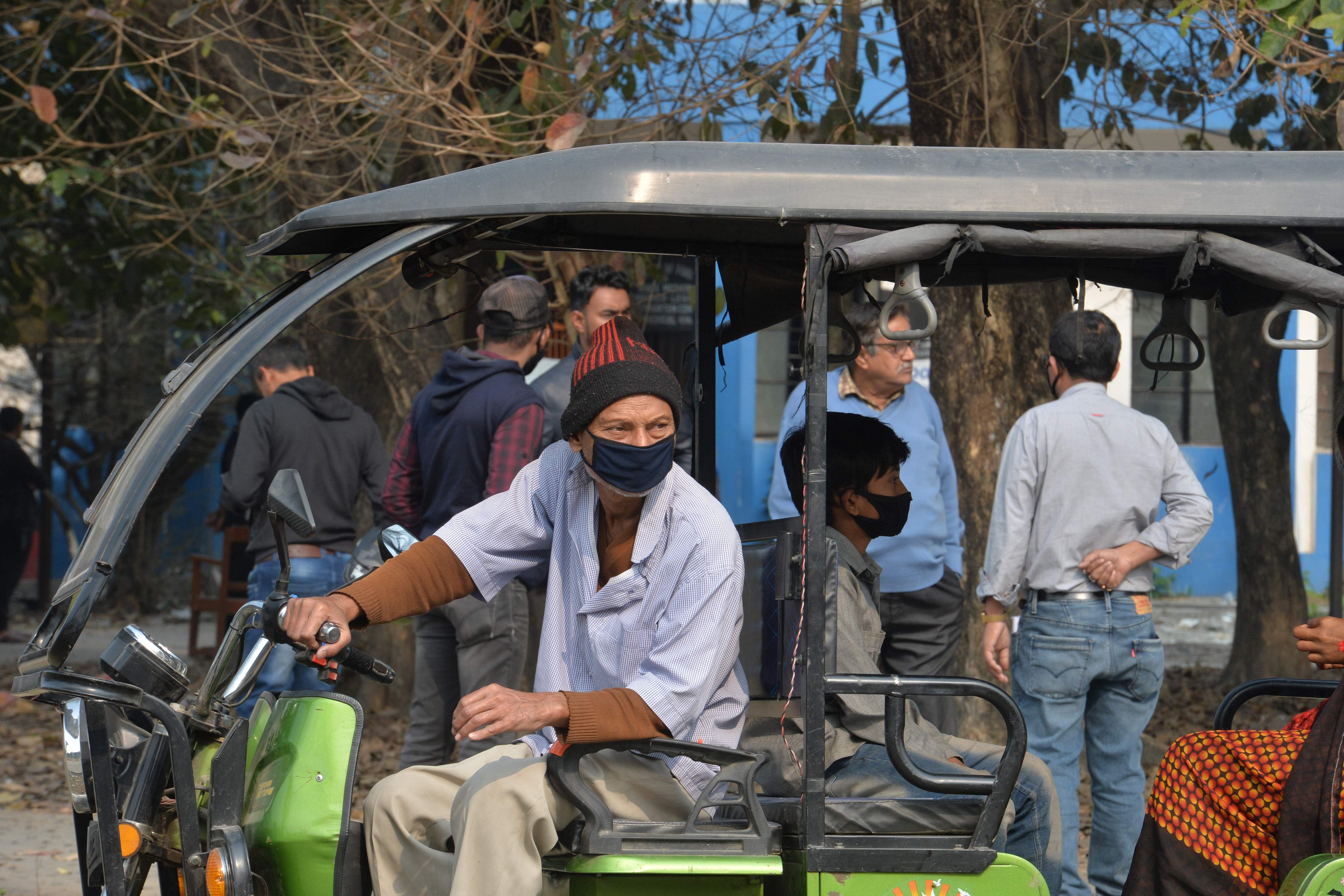
Coronaviruses are a family of viruses with four known genus — Alpha, Beta, Gamma and Delta — and were first described in detail in the 1960s. They get their name from a distinctive corona or ‘crown’ of sugary proteins that project from the envelope surrounding the virus. Alpha and Beta strains infect only mammals, Gamma strains infect birds, but Delta strains can infect both birds and mammals. The worst coronavirus strain known to infect humans is the one that causes the common cold. However, from the beginning of the 21st century, three more virulent strains have emerged. They have caused severe loss of lives and to economies. They are SARS (Severe Acute Respiratory Syndrome) in 2003, MERS (Middle East Respiratory Syndrome) in 2012, and now the ‘2019 nCoV’ emanating from Wuhan, China.
The official version is that this virus emerged from a meat market in the city of Wuhan in central China, where different animals, which would never normally meet in the wild, live side by side, facilitating trans-species mutation of this virus. Undetected among the plethora of similar chest infections and common symptoms, the virus honed its capacity to spread from human to human. As happened with SARS, nCoV mutated along the way, gradually becoming more virulent and spreading over several continents in epidemic proportion.
On January 30, the World Health Organization (WHO) declared the outbreak of ‘2019 nCoV’ a “public health emergency of international concern” — an alarm it reserves for events that pose a risk to multiple countries and which requires a coordinated international response. All these took place within two months of the first instance of infection, showing the speed of spread of the epidemic. As of now, infections have been reported from 23 countries.
To contain the virus, China has shut down the transportation within and also to other cities from Wuhan, a city of about 11 million people. But the initial delay in identifying the emergence of this virus and its epicentre in Wuhan allowed this virus to spread to other cities and other countries as well. Lacking any effective vaccination to contain the virus, China has isolated a city as big as Bengaluru and also established a new hospital with about 1,000 beds to cater to patients. Such measures are possible in a country like China, with tight State control over every aspect of life. But what if such a virus strikes India! How well equipped are we?
Outbreak of epidemics is not unknown in India. Every city/town has a history of such outbreaks of epidemics, either cholera or plague. The plague outbreak in Surat caused an exodus from the city and a massive economic fallout. The outbreak of chikungunya, dengue, monkey fever, nipah virus in the recent past are some examples of epidemic outbreaks.
The National Disaster Management Authority (NDMA), under the Union Home Ministry and the State Disaster Management Authority at state level, are agencies responsible for dealing with such disasters/epidemics. The NDMA has prepared guidelines for managing biological disasters. Three measures are prescribed: a) Development of mechanisms for prompt detection of incipient outbreaks; b) isolation of the infected persons and the people they have been in contact with; and c) mobilisation of investigation and therapeutic countermeasures.
The Ministry of Health and Family Welfare is entrusted with the responsibility of coordination. The support and input of other ministries like Home Affairs, Defence, Railways and Labour and Employment has an important role to play in managing such outbreaks.
The first and most crucial step is disease surveillance. The southern states have a good surveillance network that helps in identifying such outbreaks —for instance, outbreaks of monkey fever or nipah virus in Karnataka and Kerala, respectively. However, several states, mainly, India’s central and eastern states, are yet to develop an effective surveillance network.
The second measure is the isolation of infected individuals to prevent the spread of the virus. Critical evaluation of our medical infrastructure indicates that it would be practical if the number of infected persons is in a few hundreds, but an impossible task if the number of patients increases by the day, as is happening now in China.
Thirdly, the development of therapeutic measures – most of our pharmaceutical companies, very good at reverse-engineering but with little R&D investment, will undoubtedly take significant time to develop effective preventive and/or curative means.
Lastly, the community, if provided with adequate information and suitable directions, may behave in an orderly manner. But going by recent trends in social media, the community, in all likelihood, may press the panic button too early and make it more difficult for the government to contain the virus effectively.
Climate change, man-animal conflict and many other factors are facilitating a China-like situation of human exposure to wild animals, and we may not be far from such incidents. The agencies concerned should take this instance of ‘2019 nCoV’ as a wake-up call to equip themselves and also to establish effective channels to communicate with the community before it is too late.
(The writer is with KSNDMC)